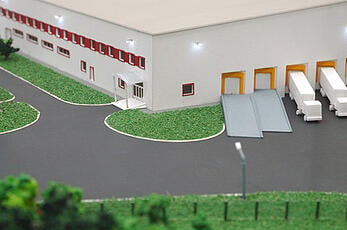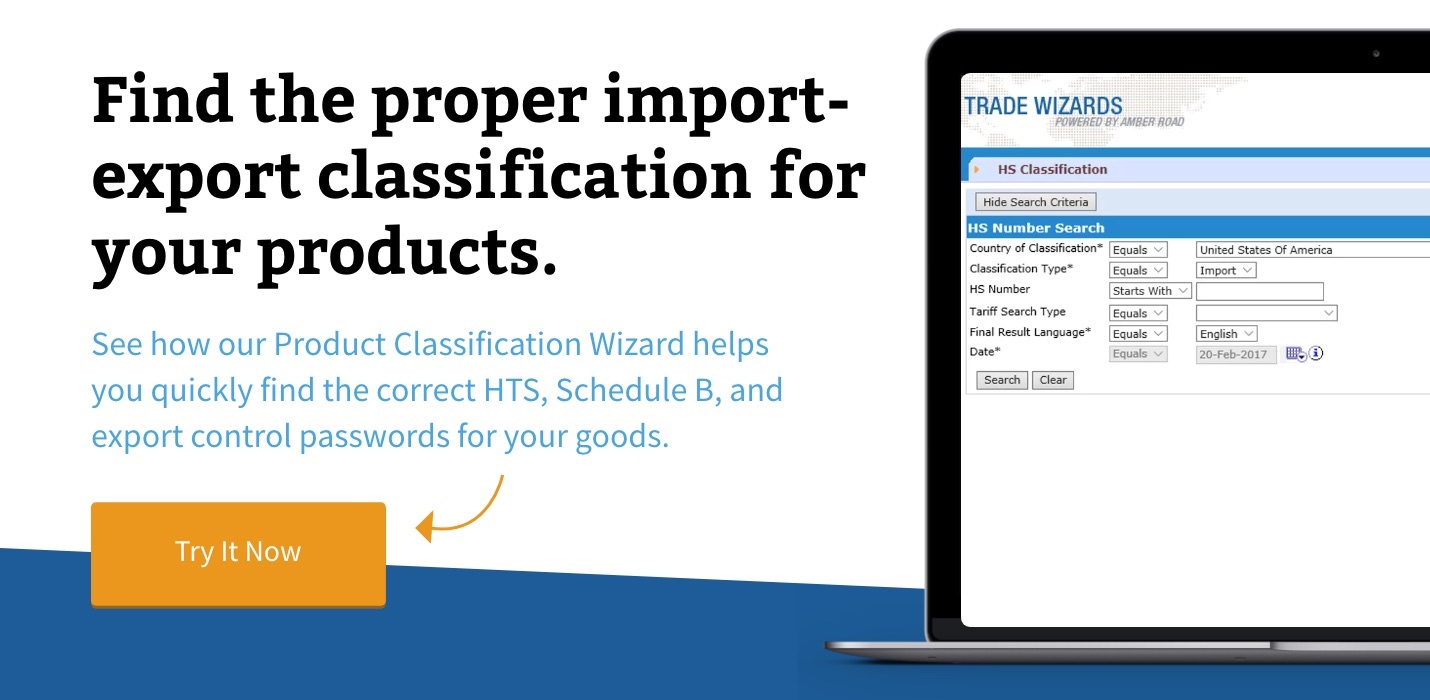
I’ve been rummaging around in chapter 98, the basement of the Harmonized Tariff (HTS), doing some spring cleaning. Chapter 98 of the HTS, as you recall, is an exciting, magical place full of obscure and arcane tariff provisions most of them associated with the four-letter word FREE. I love that word! During my rummaging I rediscovered the classification for prototypes.
I've been rummaging around in chapter 98, the basement of the Harmonized Tariff (HTS), doing some spring cleaning. Chapter 98 of the HTS, as you recall, is an exciting, magical place full of obscure and arcane tariff provisions most of them associated with the four-letter word FREE. I love that word!
During my rummaging I rediscovered the following classification:
9817.85.01 Prototypes to be used exclusively for development, testing, product evaluation, or quality control purposes . . . .FREE
As the economist Milton Freedom fondly stated, "There's no such thing as a free lunch." So it is with this classification. The details of this classification are found within U.S. note 7 to subchapter XVII of chapter 98 of the HTS. Additional requirements for this classification are found in
19CFR §10.91.
What is a Prototype?
The term prototype means originals or models of articles that are either in the preproduction, production or postproduction stage and are to be used exclusively for development, testing, product evaluation or quality control purposes. In the case of originals or models of articles that are either in the production or postproduction stage, prototypes are associated with a design change from current production (including a refinement, advancement, improvement, development, or quality control in either the product itself or the means for producing the product).
Generally we think of prototypes as those articles that clutter the corners of the quality control department or engineering office. If they are functioning they are typically used within a controlled environment for evaluation purposes. They would never be used or consumed for commercial purposes.
Articles subject to licensing requirements, or which must comply with laws, rules or regulations of agencies other than CBP, may also be classified as prototypes.
What isn't a Prototype?
As an example, a race car entered in a commercial competition would not be considered to be used for development, testing, product evaluation or quality control even if that is one of the side benefits of the race.
Likewise a simple sample for the purposes of soliciting an order may not be considered a prototype. This can be confusing as businesses frequently refer to their prototypes as "samples." Commercial samples are classified elsewhere in chapter 98.
Articles subject to quantitative restrictions, antidumping orders or countervailing duty orders may not be classified as prototypes.
Limited Quantity
Prototypes may be imported only in limited, noncommercial quantities in accordance with industry practice. This is a vague requirement that is up to the importer to define and justify to CBP. For one company it may be a single item. For another it may be a dozen items that will be put through a testing laboratory to evaluate quality or performance characteristics.
Sale of Prototypes
Prototypes or parts of prototypes may not be sold after importation or be incorporated into other products that are sold. They may be passed along to a client without there being a sale. If the prototype is passed along it may be difficult for the importer to prove to CBP that the article was indeed used as a prototype.
Selling Prototypes for Scrap
If a prototype is sold for scrap duties will be owed on the value of the scrap and the duty rate associated with the classification of the scrap material. Prototypes that are disposed of in any other manner would not be subject to additional duties.
Proving Your Case
The CBP port director may require a declaration of actual use from the importer within three years of importation. If the importer does not provide adequate proof of actual use, the entry will liquidate as dutiable.
Making the Claim
At time of entry summary the importer will claim the classification 9817.00.01 along with the 10-digit number appearing in chapters 1-97 that would otherwise be applicable. The importer will also report the appropriate statistical information as required under chapters 1-97.
If your company imports prototypes, classification 9817.00.01 might be you. The administrative burden of participation is minimal, and the duty rate can't be beat!
Import Procedures
 John Goodrich |
4 min. read
John Goodrich |
4 min. read




